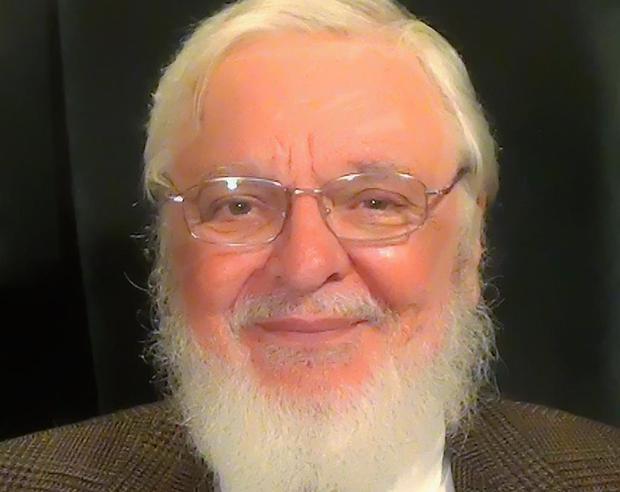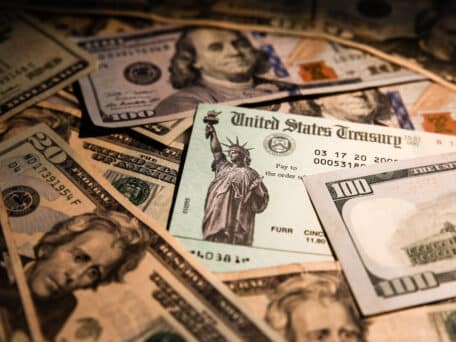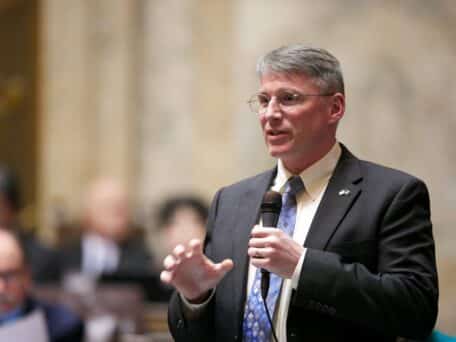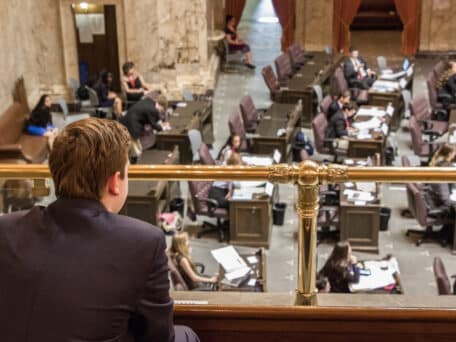15 Now Tacoma activist Alan Stancliff penned an op-ed for the Tacoma News Tribune – reminding us that liberal lines of reasoning are never logical.
Stancliff argues that the $15 minimum wage increase should be implemented soon. He wants everybody to make more money just for working – but refuses to acknowledge the money must come from somewhere.
Seattle has already seen businesses close their doors because they cannot afford the increase in minimum wage. However, Stancliff doesn’t care about the failures of small business owners – saying they “don’t have a viable business plan”. Many businesses have been forced into “cutting work hours and firing workers” – which means these workers are turning to the welfare system and unemployment for support.

The contradiction in Stancliff’s op-ed is that while he wants businesses to pay their employees more – he does not want to have to pay taxes to support the people who end up on welfare, complaining “we the taxpayers shell out $152.8 billion a year to supplement poverty wages”. However, if businesses are forced to close their doors due to the rising costs of labor – $152.8 billion is going to be a drop in the bucket compared to how much more money taxpayers will be forced to shell out as more businesses begin to die.
In attempting to fight capitalism, Stancliff makes an argument to support the free market – and undermine his own argument – when he says businesses who “don’t have a viable business plan” should fail.
However – if businesses are forced to jack up the minimum wage to $15 “sooner, not later”… how can they plan for this increased financial burden? They can’t. Stancliff tries to use a New Deal policy implemented in 1950 to argue his case, saying “in 1949, the minimum wage jumped 58 percent overnight, and there was no negative hit on the economy”. While it may be true that “in 1949, the minimum wage was raised from 40 cents an hour to 75 cents an hour for all workers” – there definitely were negative impacts on the overnight increase.
Two major impacts slammed citizens of the United States when the minimum wage jumped overnight in 1949 – and if we’re not careful, they will slam us again in 2015.
First, there was an “engineered shortage of low-skill, low-paying jobs”. Suddenly, the job market became a lot more competitive. People were forced to return to school “in an attempt to raise their productivity to the level required to gain employment” – or turn to the welfare system, an option many chose.
Second, businesses began to seek cheaper alternatives for their labor needs. In 1950, they turned to other nations as “the shortage of low-skilled workers will induce producers to import goods and services with low skill content from suppliers abroad”. Those who did not acquire cheaper workers “rearranged their production processes to substitute capital for low-skill labor and to innovate new technologies”. In short – businesses found ways to replace American workersthrough foreign labor, or by replacing human labor with machines. In today’s technology-driven society, this may become an even more prominent solution to the minimum wage problem businesses face – meaning it will become a more prominent problem for American jobs.
The worst part of this argument? The minimum wage rise is going to hurt businesses, as we have already seen happen – despite the fact that “the legislated minimum was frequently been so low relative to prevailing wages that few workers or occupations are affected”. We are forcing the wrong kind of change – “the U.S. Bureau of Labor Statistics estimated the fraction of employed wage and salary workers with earnings at or below the Federal minimum wage in 2005 at only 2.5 percent”.




